Dodecyl trimethyl ammonium bromide Cas: 1119-94-4 White to off-white crystalline powder
| Catalog Number | XD90240 |
| Product Name | Dodecyl trimethyl ammonium bromide |
|
CAS |
1119-94-4 |
|
Molecular Formula |
C15H34BrN |
|
Molecular Weight |
308.341 |
| Storage Details | Ambient |
|
Harmonized Tariff Code |
29239000 |
Product Specification
The interaction of amphiphilic block copolymers of the poly(ethylene oxide)-poly(propylene oxide)-poly(ethylene oxide) (PEO-PPO-PEO) group with small molecule surfactants may be "tuned" by the presence of selected alcohols, with strong interactions leading to substantial changes in (mixed) micelle morphology, whilst weaker interactions lead to coexisting micelle types.The nature and the strength of the interactions between Pluronic P123 (EO20PO70EO20) and small molecule surfactants (anionic sodium dodecylsulfate, SDS, C12SO4Na), (cationic dodecyltrimethylammonium bromide, C12TAB) and (non-ionic polyoxyethylene(23)lauryl ether, Brij 35, C12EO23OH) is expected to depend on the partitioning of the short, medium and long chain alcohols (ethanol, hexanol and decanol respectively) and was probed using tensiometry, pulsed-gradient spin-echo nuclear magnetic resonance (PGSE-NMR) and small-angle neutron scattering (SANS).The SANS data for aqueous P123 solutions with added alcohols were well des cribed by a charged spherical core/shell model for the micelle morphology. The addition of the surfactants led to significantly smaller, oblate elliptical mixed micelles in the absence of alcohols. Addition of ethanol to these systems led to a decrease in the micelle size, whereas larger micelles were observed upon addition of the longer chain alcohols. NMR studies provided complementary estimates of the micelle composition, and the partitioning of the various components into the micelle.
4-Nitrophenyl-N-acetyl-β- D-glucosaminide is a useful substrate for rapid colorimetric assay of N-acetyl-b-glucosaminidase activity in human urine. Chromogenic β-Glucosaminidase substrate yielding a yellow solution upon cleavage, employed particularly in yeasts and molds.


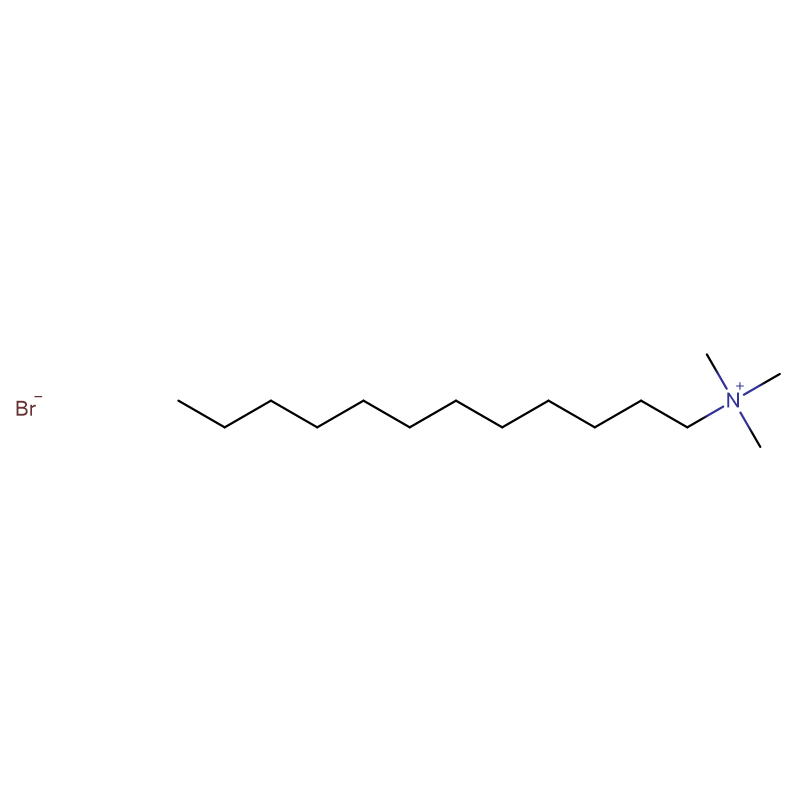
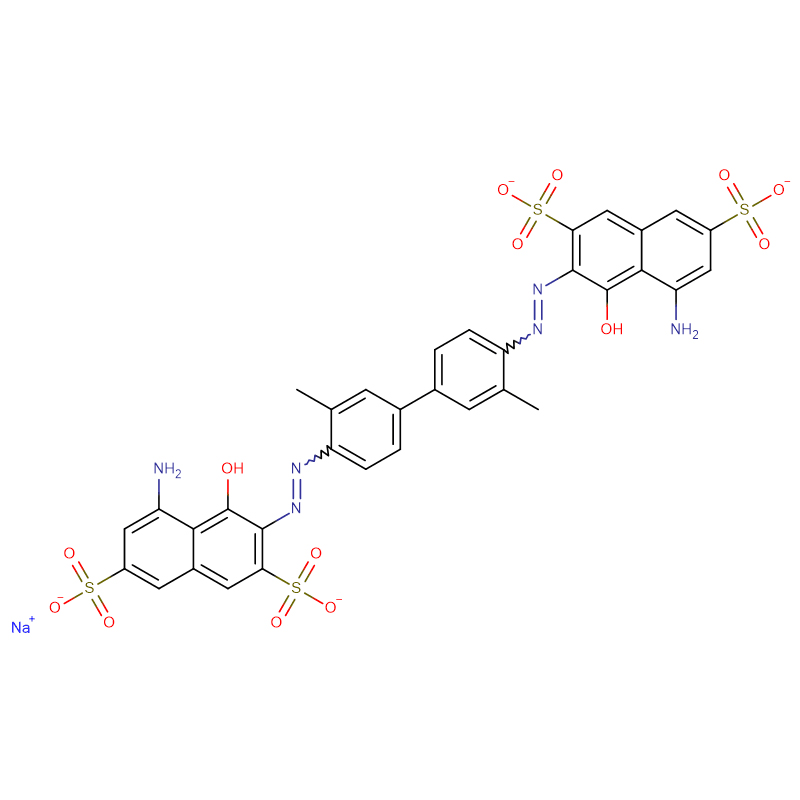

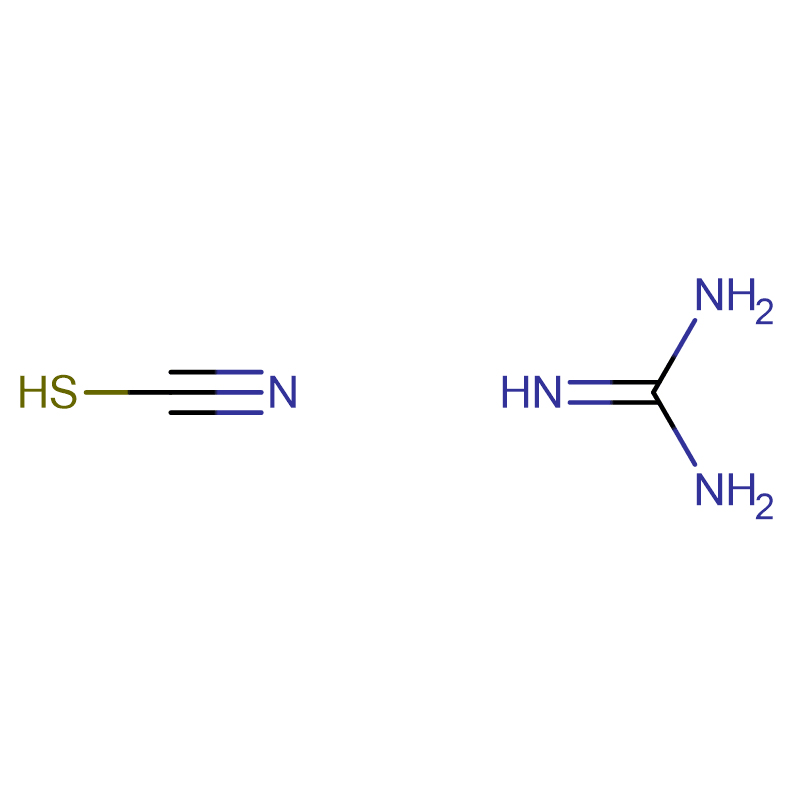
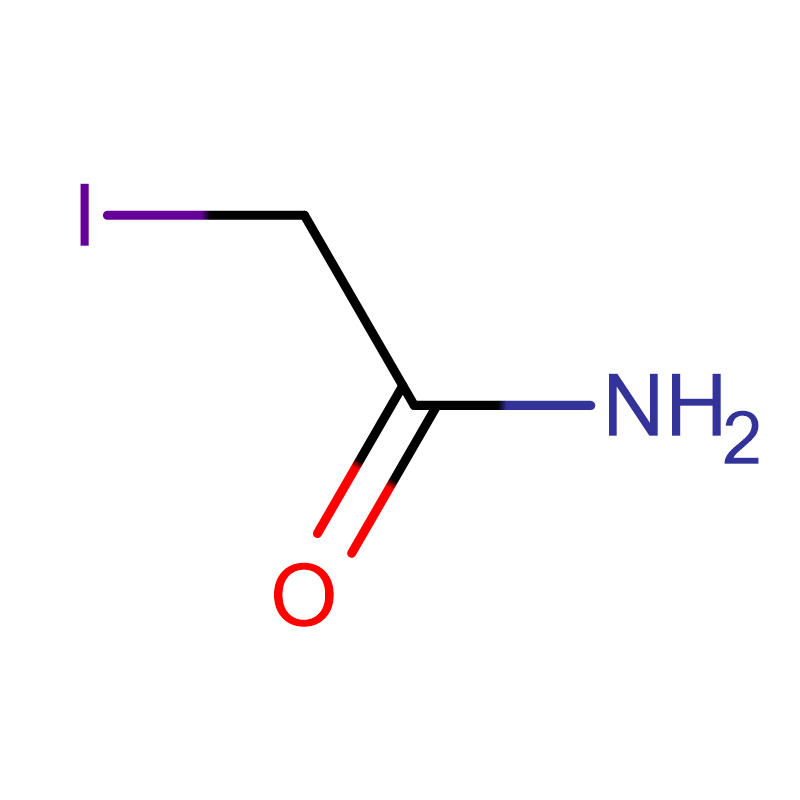
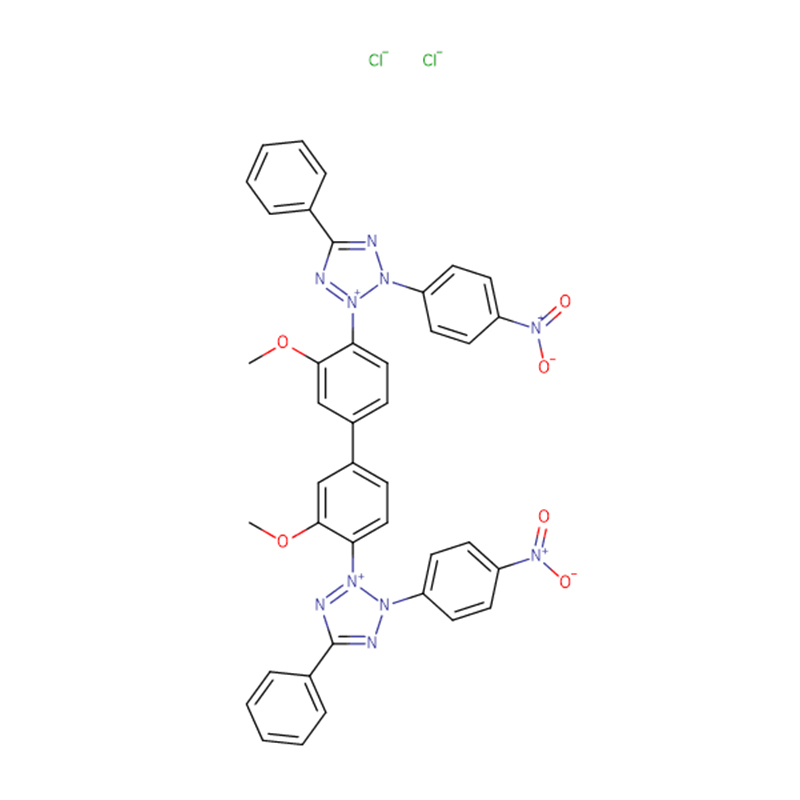
![Xylene Cyanole FF Cas: 2650-17-1 Green powder 99% 5-cyclohexadien-1-ylidene]methyl]–methyl-monosodiumsalt](https://cdn.globalso.com/xdbiochems/2650-17-1.jpg)